Owning a home is tough.
Whether it’s big or small, there always seems to be little dark corners and nooks and crannies where all kinds of gross stuff likes to gather.
It’s disheartening to move aside a piece of furniture and see all the cleaning you have to do, but it’s always better to get more gunk out of your life.
And sometimes, your health can really depend on it, especially if we’re talking about mold.
Mold looks humble. It’s the fuzzy stuff that grows across your bread when it’s been left out too long, and it might not seem like a lot, but it can actually have very powerful effects on your health.
On the one hand, penicillin, a medicine that’s saved countless lives, is made out of that very mold growing on your sliced bread. On the other, one type of mold can lead to hallucinations and, as one theory states, even led to the hysteria that left 20 people dead in Salem in 1692.
But there’s another kind of mold that might be lurking in your home right now, causing symptoms not only in your house, but also in your body.
It’s called black mold, and it is one of the worst molds you can get. It grows in damp areas, usually in areas of condensation or water damage, and it’s toxic. If you think your home may have black mold, you need to get it checked out immediately.
But how can you tell? Read on to find out, and see what you can do to stop it.
How Does Black Mold End Up In Your House?
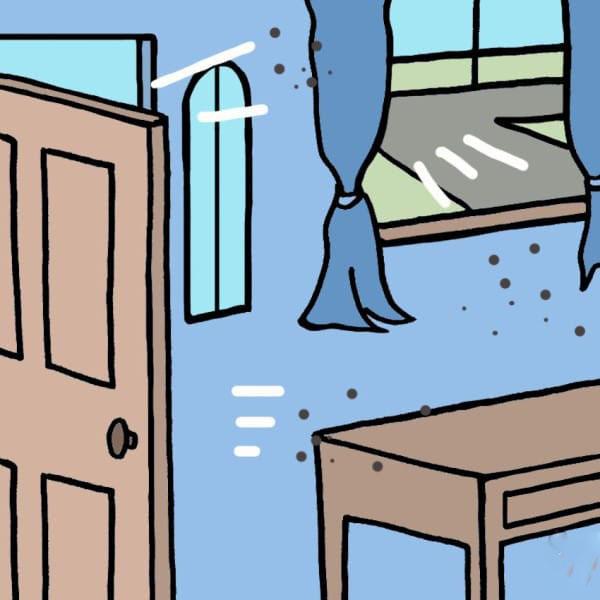
Black mold (also known as Stachybotrys) likes to grow in damp places, and is most commonly found in areas where condensation has collected or where there’s been water damage.
Spores enter the home through windows, doors, and other openings, and can also be tracked on shoes and clothing.
If there’s no standing moisture, nothing will happen, but if there’s an area where moisture has collected, black mold can begin to grow.
Not all black mold is toxic, though. If you find a mold that’s black in color, immediately have it tested to see if it’s Stachybotrys.
But it often goes unnoticed for a long time, and its symptoms are often confused with other issues.
So what should you look out for?
Symptoms In The Body
Body Symptom #1: Allergy Symptoms, Asthma, And Breathing Difficulty
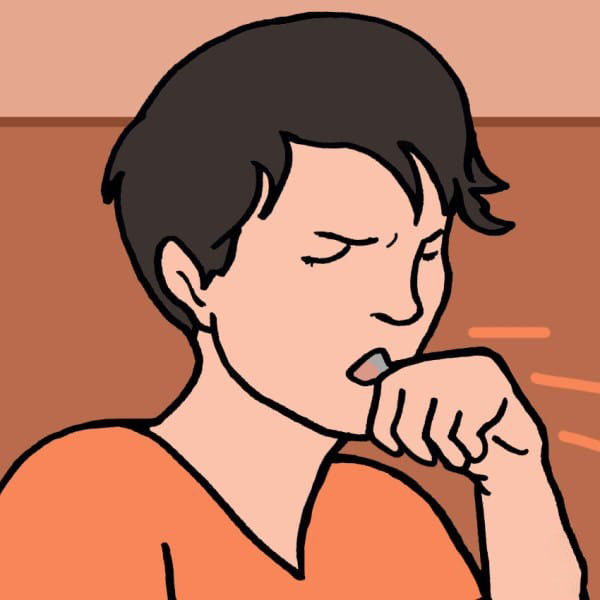
The most common effect of mold on the body is respiratory issues.
That’s a lot of coughing and wheezing, shortness of breath, and a general feeling like you can’t breathe as well as you should be.
This is what happens when you inhale black mold spores.
Having allergy and asthma flare-ups are common, which will seem more frequent than normal, or it might even appear in people who have never had asthma or allergies before.
Body Symptom #2: Difficulty With Memory And Concentration
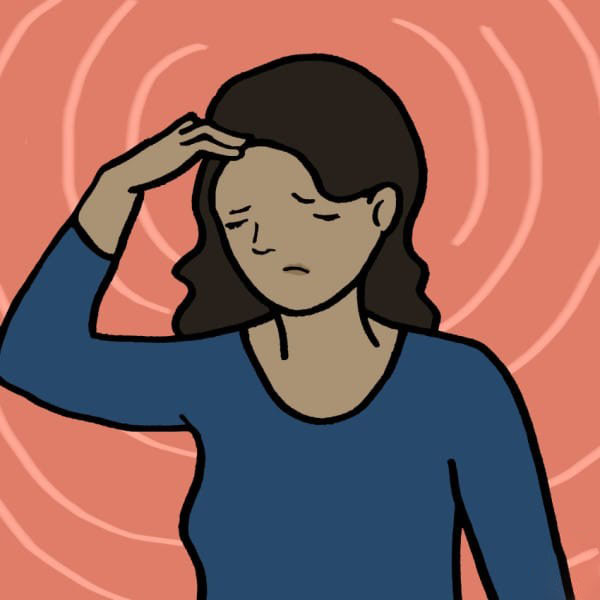
A foggy feeling is also common when you’ve been breathing in mold spores. They’ll make you feel sluggish and thick-headed.
This is due to the toxic quality of the mold, which makes it hard for the brain to function properly.
Your mind and memory will also be operating less smoothly if your body is feeling sick and weak, too.
Body Symptom #3: Nausea And Vomiting
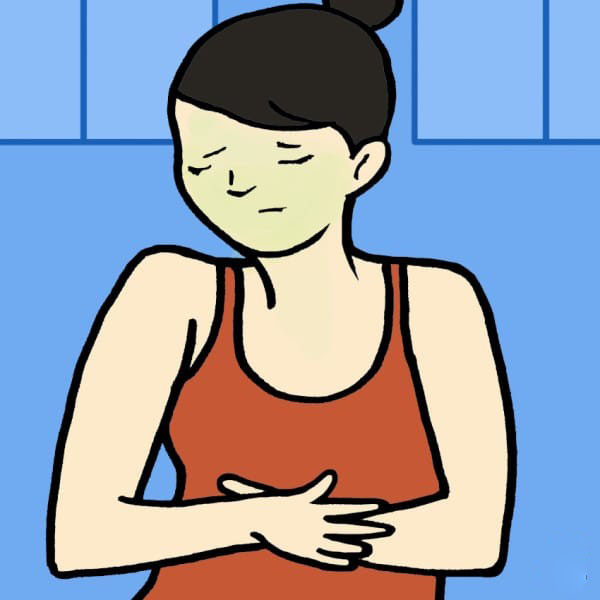
Black mold can also affect the digestive system, making you feel queasy and nauseated.
Essentially, mold affects your body like a poison, but because the symptoms are so common, mold is the last thing that people think of when they feel sick to their stomachs all the time, which is totally understandable.
Body Symptom #4: Weakened Immune System And Chronic Sickness
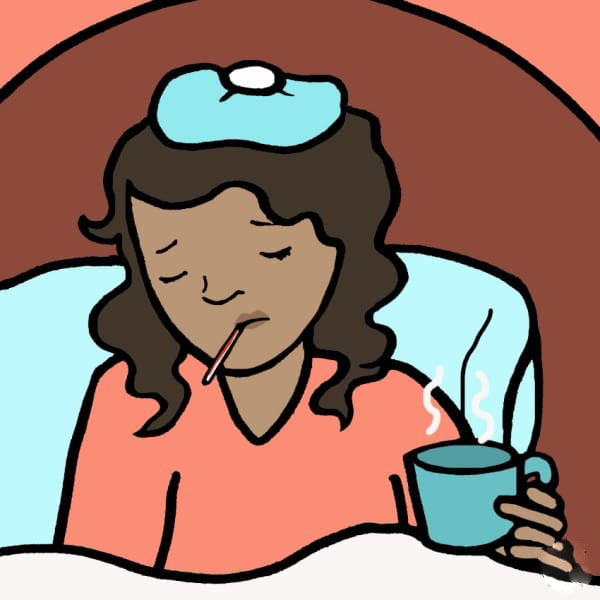
The most telling symptom of black mold is the feeling of being sickly all the time.
If you notice that you’re suddenly always feeling under the weather, it might be your house.
It’s also especially important to look out for chronic sickness in young children, the elderly, pregnant women, and those with compromised immune systems, since the effects from mold can have serious complications for these people.
Symptoms In Your Home
House Symptom #1: Fogged-Up Windows

Windows get foggy from moisture. In normal cases, it happens when the house is much warmer inside than outside, like, say, at a crowded holiday party.
But if you notice fog on the windows where there shouldn’t be, it might be indicative of an area of the house where moisture is gathering and mold is growing.
House Symptom #2: Mysterious Stains
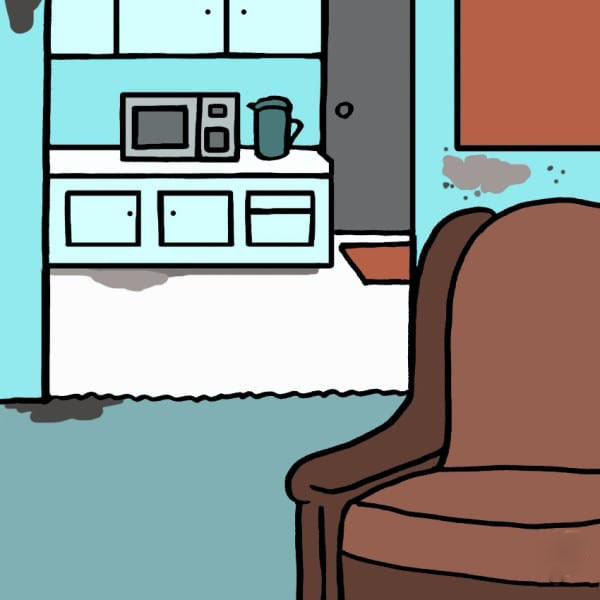
Black mold makes itself known my blooming up in gross-looking, grayish or blackish stains in various places.
The most common places to find these stains are on tile grout, on stucco, on windowsills, and under eaves and rooflines.
You can also find them under carpets and wallpaper, where the discolorations can show through.
House Symptom #3: Dusty Vents
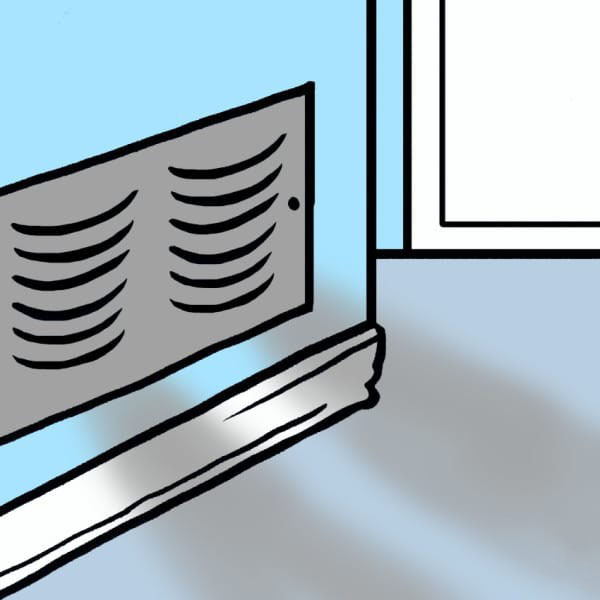
If you turn on the heat or AC and see a puff coming out of your vents, it could be a sign that mold is growing inside. And when you turn the vents on, it can blow even more spores into different areas of your house and into your lungs.
How Can You Treat Mold?
Remedy #1: Get A Professional Inspection
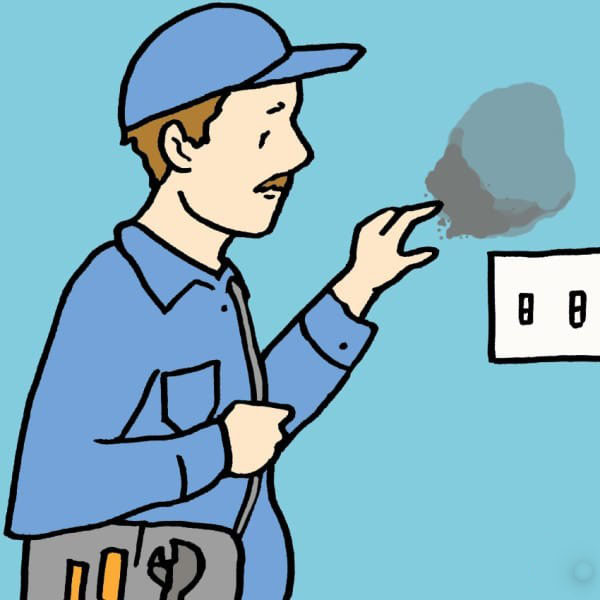
If you find a strange stain or find a pervasive, musty odor, call in a professional.
Different kinds of molds require different treatments, and only a professional can tell what you have.
If you’re concerned about what’s in your house, call up your local specialist and have them take a look.
Remedy #2: Kill Any Mold You See
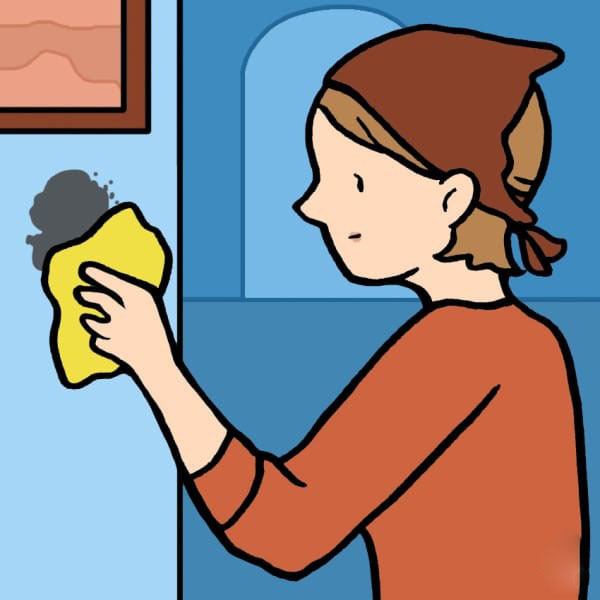
If you see mold, get rid of it!
While you’re cleaning, wear rubber gloves and a mask to avoid breathing in more of it.
Scrub with mold-killing cleaning supplies, and dispose of the sponges you used after cleaning to get the residue out of your house.
Clean everything thoroughly, and discard anything water damaged.
Remedy #3: Get Air Filters
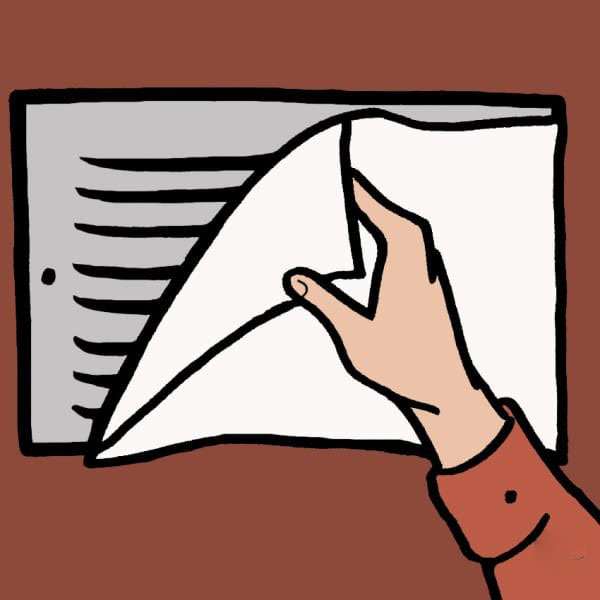
To combat anything that might be growing in the vents, invest in some air filters to keep any spores out of your living space.
It will also clear up your house’s air quality, which will improve asthma symptoms, too.
Remedy #4: Fix Any Leaks
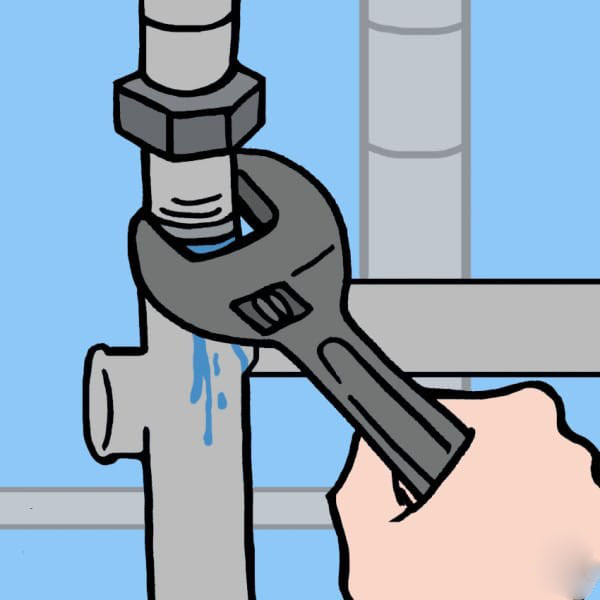
Black mold needs moisture to survive, so cutting off its supply is a great way to cut down on it.
Get your house inspected by a plumber to locate any leaks and get them fixed as soon as possible.
This will also reduce the risk of water damage, which can be just as bad for your home as black mold!
Remedy #5: Get A Professional Cleaning
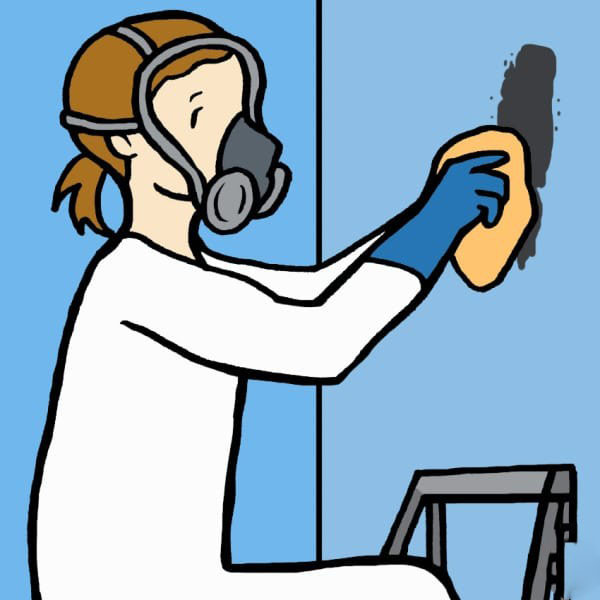
Unfortunately, black mold needs a professional touch.
If it’s determined that your home does have black mold, then you’ll need to have everything professionally scrubbed down.
It’s not fun, but catching a mold problem early can make a serious difference, both for finances and the integrity of your house.
Mold can really mess up your house, but it doesn’t have to completely mess it up, especially if you catch it early.
Liked Video this information with everyone you know to keep their homes safe.






